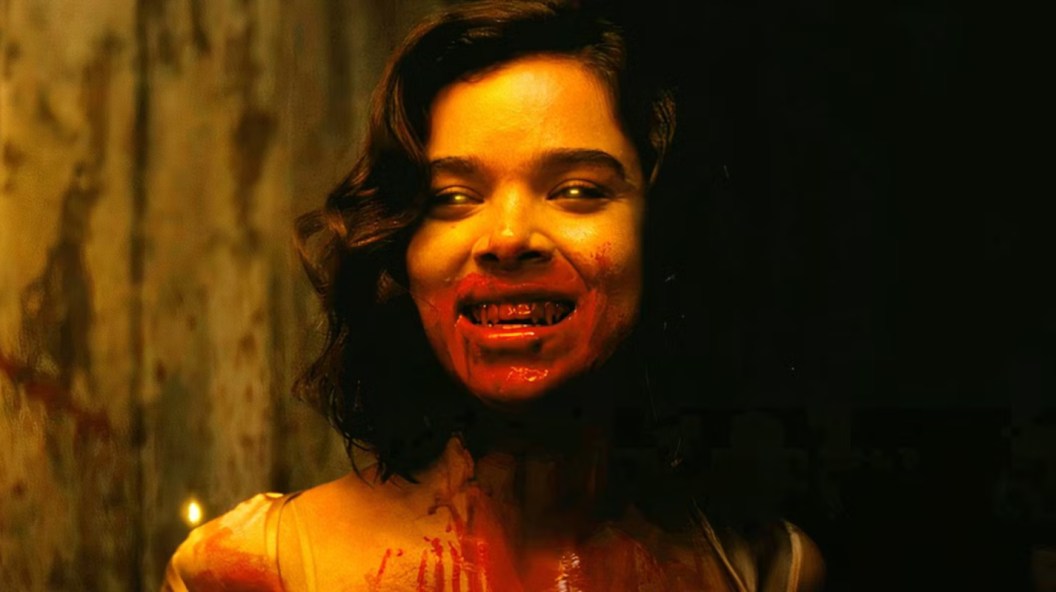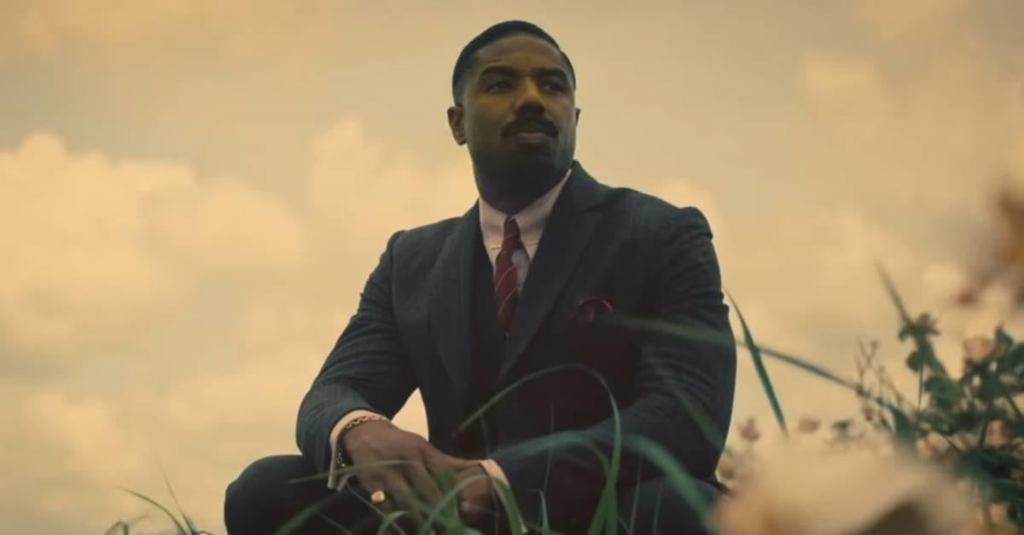
MAJOR SPOILERS for Sinners!
Director Ryan Coogler has always subverted expectations in his career. Right away in his directorial debut, Fruitvale Station, Coogler delivered a richly human and nuanced portrait of Oscar Grant that restored the everyday qualities to a man tragically and brutally murdered. Creed upended ideas of how a legacy sequel or Rocky feature could operate. Both Black Panther features, meanwhile, completely overhauled the kind of weighty themes Marvel movie adaptations could grapple with. This director’s love for movies includes an affection for challenging its conventions in enthralling ways.
With Sinners, Coogler uncovers countless exciting new manifestations of other cinema standards. Sinners isn’t just a horror film, for instance. It also has shades of musicals and grounded character pieces coursing through its veins. Meanwhile, Sinners applies those IMAX cameras (typically only used for action movies) on horror and musical sequences.
Then there are the post-credit scenes of Sinners. Coogler may have gotten experience in delivering the Marvel-style credits scene, which tees up the next chapter of the franchise; however, with Sinners, he changes up the formula to reward moviegoers who hang around in a much different way.
Sinners’ Game-Changing Mid-Credits Scene Explained

In the final pre-credits moments of Coogler’s Sinners, the story shifts from 1932 to more than six decades later in the 1990s. Young aspiring musician Sammie Moore (Miles Caton) is now an elderly music legend played by real-life music legend Buddy Guy. As Old Sammy begins performing, the credits start rolling, with various pieces of onscreen text sometimes playing next to footage of Old Sammie performing for an eager crowd. Once the first portion of the credits finishes, we cut to a full scene of Old Sammie, sitting at a bar after his performance, being informed that two people want to meet him. The gracious musician says to let them in, which kicks off the big mid-credits scene twist.
In strolls the vampire versions of Mary (Hailee Steinfeld) and Stack (Michael B. Jordan), who haven’t aged a day since 1932, draped in lavish 1990s hip-hop clothing and jewelry. Initially, it seems like things might be heading in a hostile direction, as slightly ominous notes creep into Ludwig Göransson’s score; however, Stack (who leads the social interaction) reveals he’s just there to see Sammie and to ask his cousin to play for him. This musician obliges, and after he finishes strumming on his guitar, Mary and Stack prepare to leave.
Before they do, though, Sammie remarks that, ever since that fateful night he lost everyone he loves to vampires, he can’t go a week without waking up in the middle of the night, terrified. However, Sammie also remarks that before all that carnage, it was the best night of his life. “Was it like that for you, too?” he inquires to Stack.
Without pausing, Stack wholeheartedly agrees. “That’s the last time I saw my brother,” Stack remarks, remembering his twin brother, Smoke (also Jordan), who died that fateful night. Coogler’s camera cuts to a handful of lovingly rendered images of Smoke and Stack observing a sunset or standing next to their automobile. Before recalling that fateful day was also the last time he felt the sun, Stack and Mary leave Sammie at the bar. So ends Sinner’s mid-credit scene.
There’s also a post-credits scene of Caton’s Young Sammie in his father’s church, picking up his guitar and singing a rendition of “This Little Light of Mine” while he plays the melody on guitar and drums out a beat by tapping his heel on the floor. It’s a showcase of the real talent Caton brought to the role, and just a final indulgence in Sinners’ immersive world of music and culture.
[RELATED: Sinners’ 100% Rotten Tomatoes Score Makes It the Highest Rated Vampire Movie Ever]
Sinners’ Credits Scenes Are Low-Key Revolutionary

Typically, credit scenes exist just to set up sequels and spinoffs. They weren’t always that way: Airplane! and Ferris Bueller’s Day Off included them as novelties for fans; films like Constantine used them to tease final twists or developments that weren’t critical to the film’s main story. However, Iron Man and the various Marvel Cinematic Universe movies certainly cemented the modern trend of post-credits “button” scenes. However, Sinners uses its two post-credit scenes for much more interesting, standalone means.
In both cases, these scenes are about fleshing out the interiority of lead character Sammie, not teasing Sinners 2 for 2028. The mid-credits epilogue even plays into the movie’s horror-thriller tropes: after all, many great horror films love to deliver a final surprise twist scare. What’s more unnerving than delivering the surprise return of two pivotal Sinners characters, midway through the credits? It’s an unexpected move that pulls the rug out from under viewers, which is just what every horror film wants to accomplish.
Returning to the dramatic intent of these credit scenes: placing this flash-forward epilogue after a few minutes of credits provides a simulation of how much time has passed between Sammie in 1932 and his 1990s reunion with Stack and Mary. There’s a gap between the proper ending and this scene mimicking the lengthy gulf between these points in Sammie’s life. It’s an inspired touch that uncovers new possibilities in the very concept of the mid-credit scene. What if they didn’t just set up the next movies, but were rather used as cornerstones of end credits, to offer more insight into the fictional characters and world?
It’s also remarkable how much poignancy is contained within these credit sequences. After all, the only emotion these scenes are normally supposed to evoke is excitement for whatever movies are on the horizon. However, Coogler’s richly empathetic artistic approach continues shining bright in these scenes. Sammie’s tender acknowledgement of the psychological turmoil he’s experienced since his vampire encounter is heartbreaking; equally aching is Stack’s recognition that being an immortal vampire is nowhere near as satisfying as any moment he got to share with his brother. Even that brief post-credits “This Little Light of Mine” performance is touching. Here, Sammie belts out a tune that could play in his father’s church, encapsulating how he’s going to stay true to his musical ambitions. Both his past and future merge into a single song.
Who knew so much pathos could exist within credit sequences? That’s just what Ryan Coogler’s accomplished with the downright revolutionary credit scenes closing out Sinners. Once again, this artist’s ingenious subversion of viewer expectations creates unforgettable entertainment. In this case, Coogler’s distinctive take on credit sequences provides fittingly magnificent cappers to a motion picture as outstanding as Sinners.
Sinners is now playing in theaters everywhere.
The post Sinners Just Changed the Way We Think of Movie Post-Credit Scenes appeared first on ComicBook.com.

